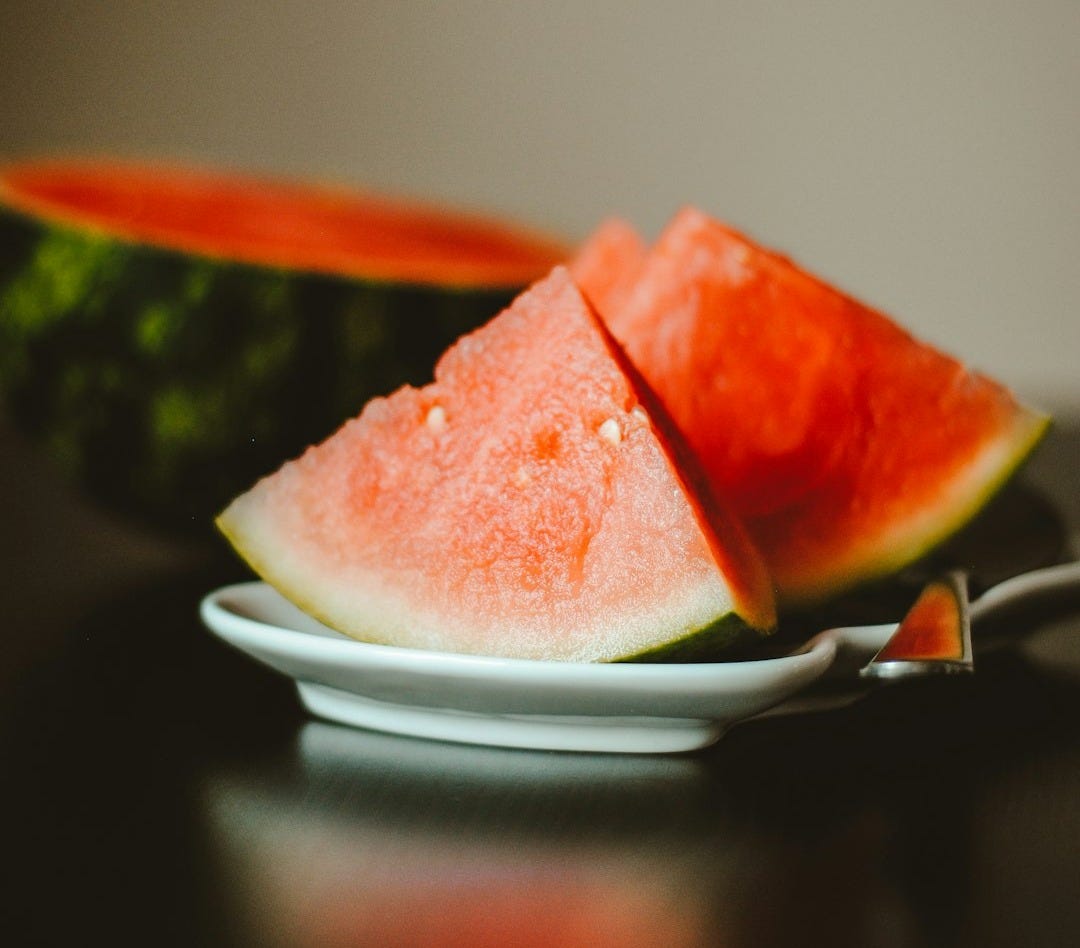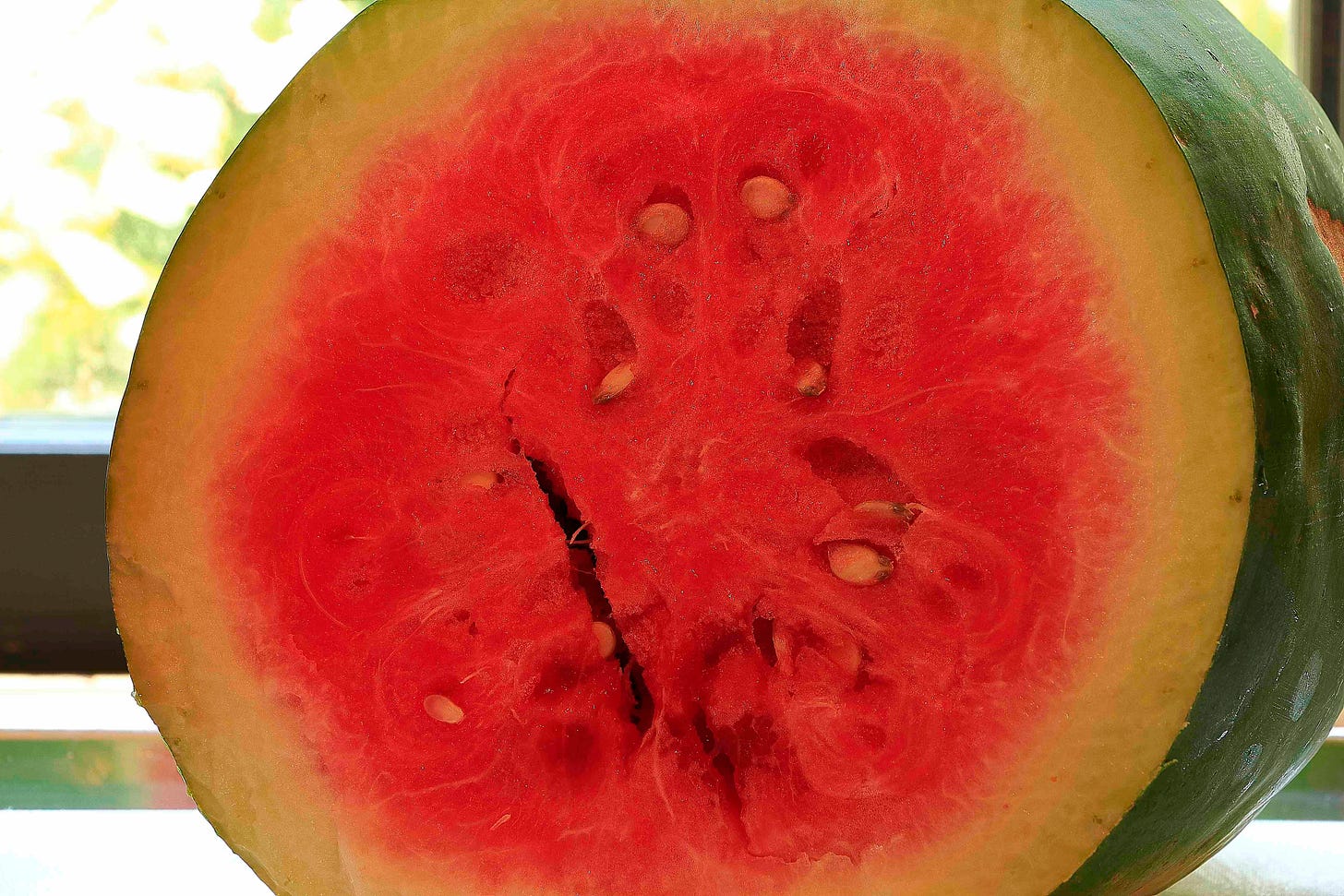Heirloom Watermelons
Find out who’s growing rare Bradford watermelons
Nat Bradford is as much scientist as farmer, because the truth is, farming is a science. Nat can tell you the Latin names and family of his heirloom produce, and for me, his farm brought back memories.
Photos and story by Tom Poland
Metal detectives seek old coins and treasure, and many folks look for arrowheads. A rare breed seeks long-lost seeds. Old coins and arrowheads won’t make you healthy but heirloom produce can.
I spent the better part of an August day with a TV crew that included Chip Carter, a producer for “Where The Food Comes From,” and a remarkable young man farming land much as his family did 190 years ago.
Nat Bradford is as much scientist as farmer, because the truth is, farming is a science. Nat can tell you the Latin names and family of his heirloom produce, and for me, his farm brought back memories. My Granddad Poland owned a large farm where he raised white-faced cattle and grew light green watermelons run over with dark green, zigzagged stripes.
Watermelons?
I love them and I suspect you do. Nat has a rich family history as watermelons go. An old newspaper comment by one W.C. Hampton described a delicious summer treat of his day, the Bradford Watermelon, as an oblong, large green melon slightly striped with a sugary red flesh, white seeds, and a thin rind. Old news like this excited Nat, and he set out to make sure he was growing a watermelon thought extinct.
In the spring of 1997 researching for a landscape architecture internship in Pennsylvania, Nat came across an 1850s book that listed the best fruits and vegetables of its day. Nat, knowing of his great granddad’s interest in watermelons, flipped to the watermelon section. The book’s author listed one melon as being the absolute best, the Bradford, and said it originated in the central portion of South Carolina.
“My family,” said Nat, “had been in the heart of South Carolina since before the American Revolution. Could this be the same as our Bradford watermelon?” It would take Nat fourteen years to get the answer.
Upgrade your subscription to read the full story here.
We hope you’re enjoying our weekly email and that you always remember to … Take the long way home.






